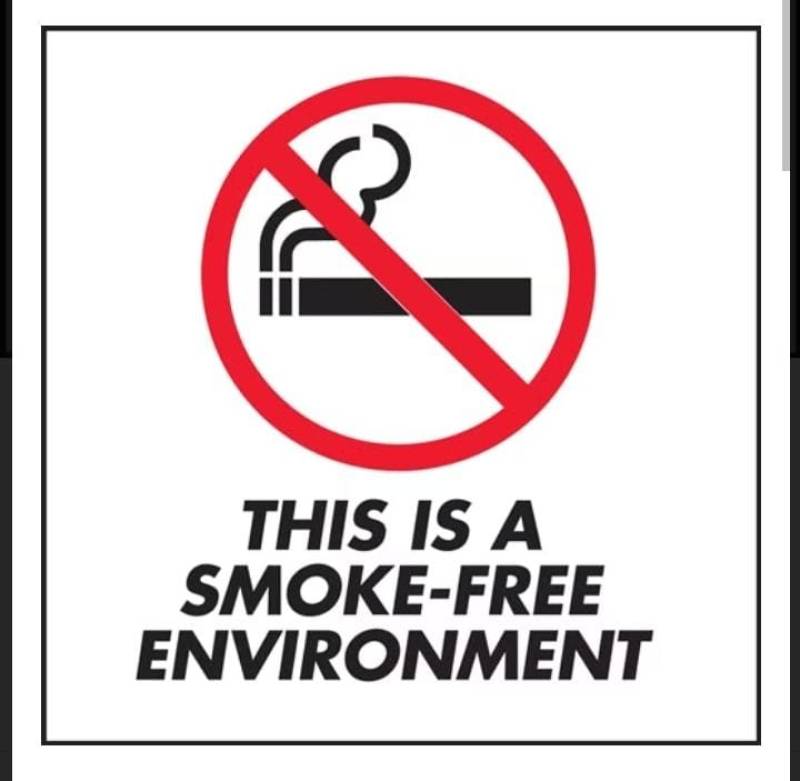Moving towards a smoke-free environment

Cigarette smoking is one of the ‘burning’ issues in the world right now. With numbers of smokers increasing every day, it almost seems impossible to overcome this menace at all. The health effects of cigarettes on a smoker are well known but along with negatively impacting the health of smokers, burning of tobacco in a cigarette also carries major health risks forpassive/secondhand smokers and the environment.
The smoke emitted from combustion of tobacco in a cigarette contains more than 6,000 chemicals, out of which hundreds are toxic and about 70 can cause cancer and various other diseases affecting heart and lungs. Cigarette smoking also causes environmental pollution by releasing toxic air pollutants into the atmosphere. Cigarette butts are another source of pollution as they litter the environment, and the toxic chemicals in the residues seep into soils and waterways.

The only way the harm caused by smoking cigarettes can be totally phased out is if every smoker quits smoking but if quitting smoking was that easy, the world wouldn’t have a billion adults smoking cigarettes in the first place. In all honesty, it is a little unrealistic to expect more than a billion smokers to completely give up smoking immediately which is why the smokers, the society and our environment needs a more practical solution to reduce the harm caused by smoking. With this approach in mind, a number of organizations and authorities, nationally and internationally, have outlined goals for creating a smoke-free world and ways to achieve these goals.
These efforts are most visible under the umbrella of Tobacco Harm Reduction (THR) principle which is focused on providing the smokers less harmful, non-combustible alternatives to combustible cigarettes in order to create a smoke-free society and to reduce the harm posed to smokers, passive smokers and the environment. Non-combustible alternatives, such as e-cigarettes, Heated Tobacco Products (HTPs), and nicotine pouches, to name a few, vary from cigarettes mainly because they eliminate the process of burning tobacco , which is the root cause of majority of cigarette hazards. The elimination of tobacco burning process , consequently lessens the toxins and also reduces the health risks for non-smokers.

Talking about the harm reduction capacity of these products, Professor Fabio Lugoboni, Head of Addiction Medicine at the University of Verona said, “Electronic cigarettes and heated tobacco devices, for example, are decidedly less toxic than regular cigarettes. In fact, combustion plays a major role in creating health harm.” -
These science based harm reduction strategies and the less harmful, smokeless alternatives, if regulated accordingly, can prove to be greatly helpful for smokers, non-smokers and theenvironment. With proper awareness through scientifically backed information from credible sources and regulations in place, it is possible to turn the vision of a smoke-free world into a reality.
